Front Load Washer Leveling Tips?
ronaka
10 years ago
Related Stories
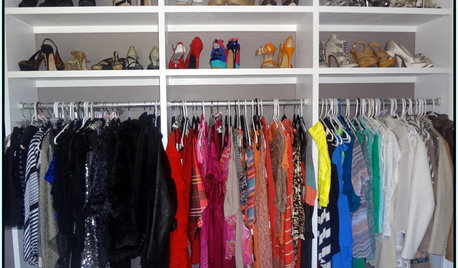
STORAGE5 Tips for Lightening Your Closet’s Load
Create more space for clothes that make you look and feel good by learning to let go
Full Story
REMODELING GUIDESContractor Tips: Advice for Laundry Room Design
Thinking ahead when installing or moving a washer and dryer can prevent frustration and damage down the road
Full Story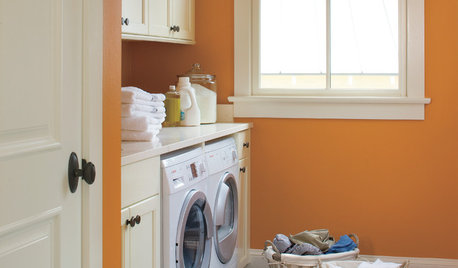
LAUNDRY ROOMS14 Ways to Lighten Your Summertime Laundry Load
Lessen up on washing and ironing chores, and make laundry time a livelier event, with these tips for summer and beyond
Full Story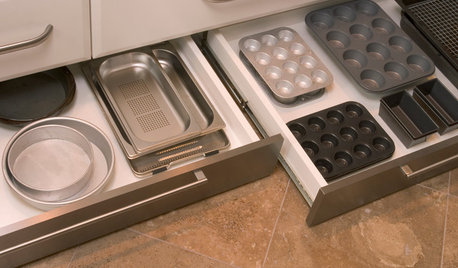
KITCHEN DESIGNThe Kitchen Storage Space That Hides at Floor Level
Cabinet toe kicks can cleverly house a bank of wide drawers — or be dressed up to add a flourish to your kitchen design
Full Story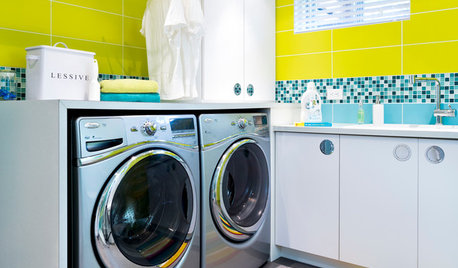
MOST POPULAR8 Ways to Add a Load of Color to Your Laundry Room
Give a tedious task a boost by surrounding yourself with a bold, happy hue
Full Story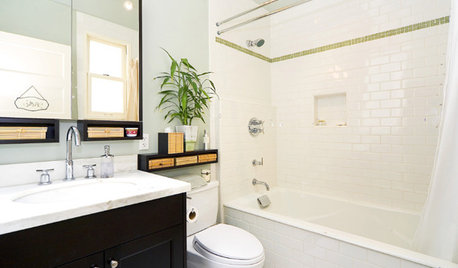
BATHROOM DESIGN7 Tile Tips for Baths on a Budget
How to Add Style to Your Bathroom Without Breaking the Budget
Full Story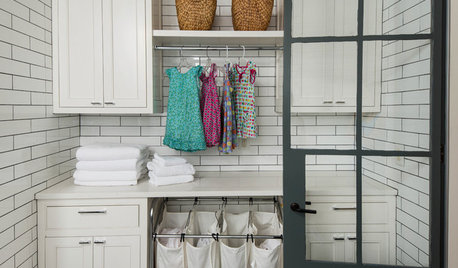
HOUSEKEEPING10 Tips to Streamline Laundry Day
Little adjustments to your attitude and routine can help take the wrinkles out of doing the wash
Full Story
MOVINGRelocating Help: 8 Tips for a Happier Long-Distance Move
Trash bags, houseplants and a good cry all have their role when it comes to this major life change
Full Story
KITCHEN DESIGN8 Kitchen Design Tips for Foodies
If you own at least one pricey knife and have a slew of kitchen tools, you’ll want to read this
Full Story
REMODELING GUIDES10 Tips to Maximize Your Whole-House Remodel
Cover all the bases now to ensure many years of satisfaction with your full renovation, second-story addition or bump-out
Full StoryMore Discussions








mrb627
ronakaOriginal Author
Related Professionals
Fair Oaks Kitchen & Bathroom Remodelers · Port Angeles Kitchen & Bathroom Remodelers · Shawnee Kitchen & Bathroom Remodelers · South Riding Cabinets & Cabinetry · Galena Park Custom Closet Designers · Lake Forest Custom Closet Designers · Middletown Custom Closet Designers · Avon Flooring Contractors · Burr Ridge Flooring Contractors · Cleveland Flooring Contractors · Everett Flooring Contractors · Fort Walton Beach Flooring Contractors · Kendall West Flooring Contractors · Lebanon Flooring Contractors · Swampscott Flooring Contractorsgwarstong
dave1812
ronakaOriginal Author
gwarstong
ronakaOriginal Author
gwarstong
gwarstong
dadoes
dave1812
gwarstong
dave1812
ronakaOriginal Author